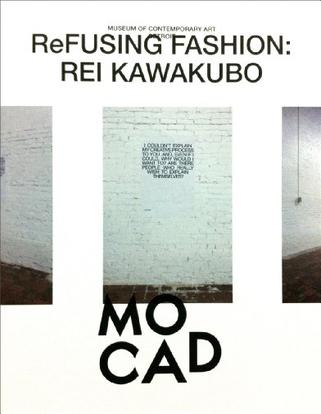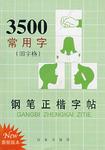One of the most influential figures in contemporary fashion design receives critical attention in this volume published after the exhibition ReFusing Fashion: Rei Kawakubo at the Museum of Contemporary Art in Detroit. The purpose of the exhibition was to present Kawakubo's clothes, shops, designed ephemera-like posters and advertisements, and her collaborations with architects, photographers, and the great dancer and choreographer Merce Cunningham. Kawakubo, through her clothing line Comme des Garcons, has re-formed and re-thought fashion from the widest of perspectives, combining ideas from the fashion and cultural histories of Asia, Africa and the West in assembled garments, or by tearing things apart to transform inherited ideas and make something very new. Cathy Horyn writing in the New York Times Style Magazine for Spring 2008 explained, Kawakubo, working more in the spirit of an artist than any designer today, attacks the problems of consciousness.
The museum's exhibition committee, a group of artists, art historians, collectors and curators, took a fine art approach to the organization, seeing the exhibition as an installation, and a Gesamtkunstwerk, or total work of art: all the pieces together revealing the whole. To understand the work, you need to see, sense and witness its majestic variety and uncompromising originality -- a dress with four arm holes in 1979; a jacket with the back cut up then tied together in 1988; a jacket with four sleeves: two regular, two kimono from 2003; garments sewn, tied, wrapped, pinned and assembled from others; seams frayed turning inside out, holes made and found, fabrics invented, pop art flowers, motorcycle jackets shaped like baseball gloves, capes with the geometry of an Amish quilt or Navajo blanket and a bride so contemporary that the decorations on her gown are printed images not made of actual fabric, but reproducible histories. Show More
The book was designed to capture the flowing exhibition from all angles. The book designers and exhibition photographer developed a system of standing in fixed locations throughout the space and taking photos while turning around in a 360 degree circle. The photos start on the cover and continue throughout the book, alternating with pages of text, to create a sense that the pages have insides and outsides similar to clothing.
In addition to photographs of the exhibition, the book includes photos by Timothy Greenfield-Sanders of Kawakubo's costume designs for Merce Cunningham, photos from select Comme des Garcons fashion shows, a chronology, and essays by Harold Koda, curator in charge at the Costume Institute at the Metropolitan Museum of Art, architect Sylvia Lavin, Judith Thurman, writer for the New Yorker, and art historian Michael Stone-Richards.
 Rei Kawakubotxt,chm,pdf,epub,mobi下载
Rei Kawakubotxt,chm,pdf,epub,mobi下载 首页
首页



历史开始于人创造神,终结于人成为神
通俗易懂的语言描述出来
很多历史的细节。
作者的思维的天马行空